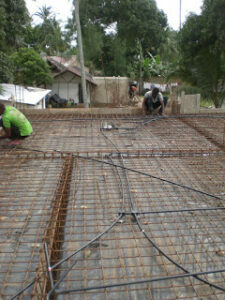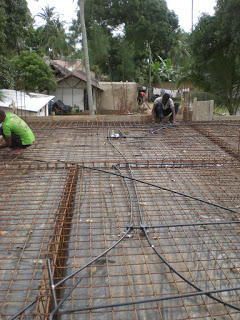Heat Resistance Concrete: Unlocking Durability in High-Temperature Environments

When it comes to construction materials, few can rival the versatility and robustness of concrete. However, traditional concrete falls short when exposed to scorching temperatures, leading to thermal cracking and structural degradation. Recognizing this challenge, engineers and researchers have developed a groundbreaking solution: heat resistance concrete. This specialized variant is engineered to withstand elevated temperatures … Read more







